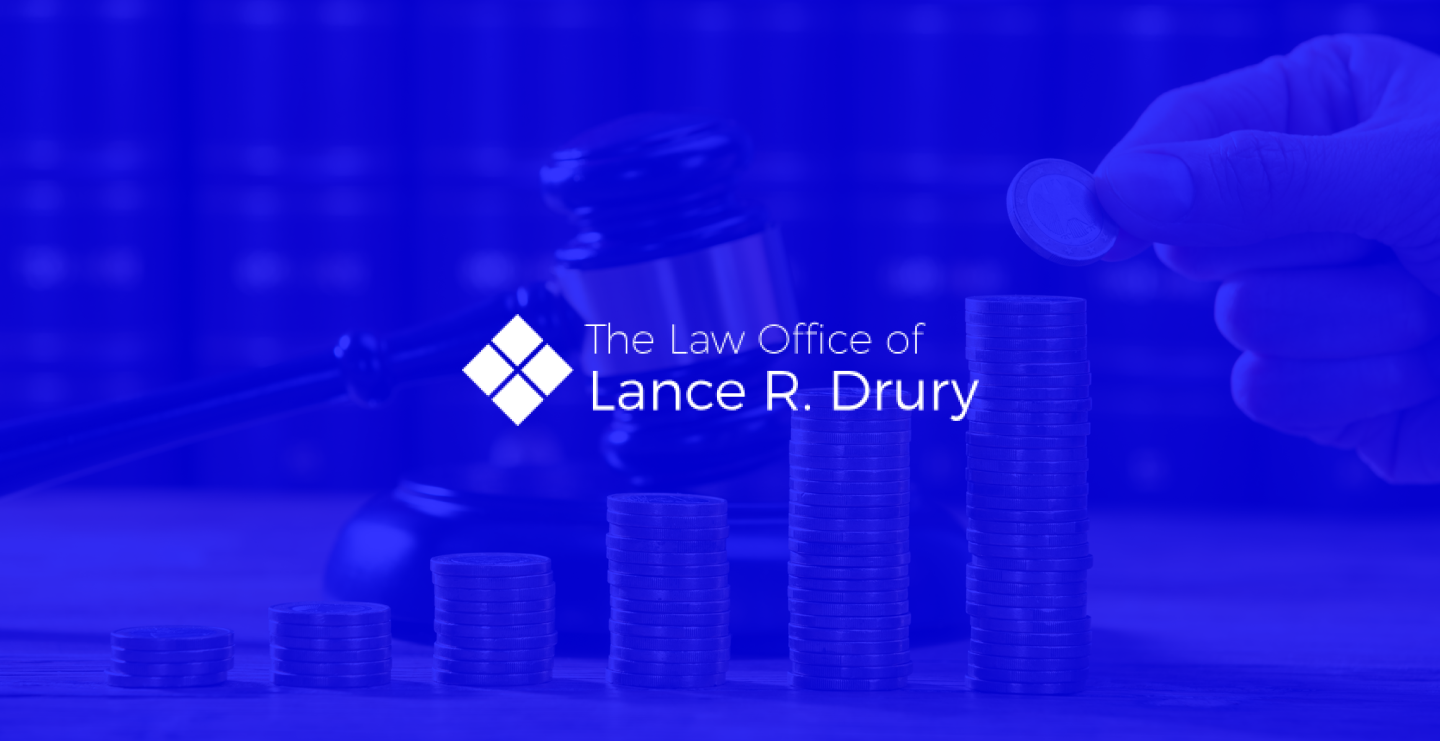The carbon oxide sequestration tax credit was created to incentivize business owners to reduce their carbon footprint, and learning about the credit will help you understand:
- The person who owns the carbon oxide capture equipment has the first right to the tax credit.
- If the owner of the carbon oxide capture equipment chooses, he or she may give the right to the tax credit to the carbon offtaker.
- Some of the facilities that typically qualify for the tax credit include industrial facilities, electricity creating facilities, and direct air capture facilities.
In 2008, the U.S. Treasury began enacting a tax credit that would benefit companies in the business of carbon oxide sequestration. With tax credits for a reduction in carbon footprint, the carbon recapture industry began to improve in 2018, but details about the credit didn’t come until the end of 2020 and the start of 2021. Even with final regulations in place, the carbon recapture industry is striving to understand who qualifies for the credit and how they qualify.
What Is the Carbon Sequestration Tax Credit?
The carbon sequestration tax credit is a federal income tax reduction for business owners and individuals that capture a certain amount of “qualified carbon oxide.” After it is captured, the qualifying plant must do one of three things:
- Bury it permanently
- Use it for a natural gas recovery project or enhanced oil project
- Use it for another commercial endeavor that would end with permanent disposal
The amount of the credit depends on a couple of different factors. This includes when the equipment was put into service and how the carbon oxide is disposed of. For example, if a plant buries it permanently instead of using it in another commercial project, the credit would be higher. The range per metric ton is $10 to $50.
Who Can Claim the Credit?
Determining who can claim the carbon sequestration tax credit is based on ownership. It can get complicated if there are multiple owners, but basically, the person who both owns the equipment and ensures capture and disposal is the person who can claim the credit. This is often the individual who owns the actual carbon-emitting facility, but it could also be a third party contracted with that owner to offload the captured carbon.
In some situations, one person will own the carbon capture equipment, but he or she will contract with someone as a carbon offtaker. In that situation, it’s important that the agreement to be the carbon offtaker is in writing with a binding contract. This makes it so state law can enforce the contract if one of the parties falls short on the arrangement. In these contracts, there are certain regulations that the U.S. Treasury has set forth. Some are optional, while others are required.
Optional Contract Provisions
With a binding written contract in place, qualified plants have the option of including certain provisions. Those include:
- A minimum quantity that is agreed upon for disposal, injection, or utilization
- Liquidated damages provisions, indemnity provisions, penalties for breach of contract, or long-term liability provisions
- Information about how many metric tons both parties agreed on to have disposed of, injected, or utilized
Required Provisions
Binding written contracts are required to have certain provisions as laid out by the U.S. Treasury as well. Those include:
- An obligation to comply with reporting and measurement requirements for any carbon oxide that is going to be used for non-EOR commercial processes
- An obligation of the carbon offtaker to comply with all regulations set forth for secure storage, and if there’s a leak, an obligation to notify the owner of the equipment, so everything pertinent to the tax credit is taken care of
- To include reasonable terms for the commercial carbon offtaker and enforce the obligation of the offtaker to dispose of, inject, or otherwise utilize the carbon oxide.
- To ensure the carbon offtaker complies with all geological storage requirements, the carbon oxide will become a tertiary injectant for natural gas recovery or enhanced oil.
In section 45Q, there is also an alternate rule. It states that the taxpayer who would be entitled to the tax credit based on the outlined required provisions could transfer that benefit to the carbon offtaker instead, thus sharing the carbon reduction tax credits.
How Is the Tax Credit Transferred?
If the owner of the carbon capture equipment chooses, he or she can transfer the benefit of the tax credit to the carbon offtaker. In some cases, it is a direct transfer from one person to another, but in other cases, there are multiple offtakers. If there are multiple people involved, the carbon offtaker is only eligible to be transferred the percentage that he or she offloaded.
For example, a carbon sequestration might turn up $100 in credits. The owner could decide to transfer the credits to his or her three offtakers. The first carbon offtaker offloads 40% of the carbon. The second offtaker offloads 50% of the carbon. The third offtaker offloads the remaining 10% of the carbon. The tax credits would then be split into three portions: the first offtaker taking a $40 credit, the second taking a $50 credit, and the third taking a $10 credit. These transfer elections are conducted annually, so each commercial party should be able to allocate credits with ease.
What Emissions Sources Qualify for the Credit?
There are several types of businesses that could qualify for a carbon sequestration tax credit as a “qualified facility” or “qualified plant.” These qualified facilities and plants include:
- Direct air capture facilities – These are any facilities that capture carbon oxide with equipment that takes it directly from the surrounding air.
- Industrial facilities – These are facilities that use combustion sources to produce carbon oxide or produce a fugitive carbon oxide emission because of an unintended release such as a leak. Without capture and disposal, that emission would be released as a greenhouse gas.
- Electricity generating facilities – These are facilities that depreciate because of certain asset classes, including combustion turbine production, hydraulic production, steam production, and nuclear production.
There are also minimum capture requirements that must be met for a “qualified plant” to be eligible for the carbon oxide sequestration tax credit. For industrial or electricity generating facilities that put out no more than 500,000 metric tons each year, at least 25,000 metric tons of that has to be captured and reused in another commercial process. For electricity generating facilities that put out more than 500,000 metric tons each year, at least 500,000 of that has to be captured within the year. Direct air capture facilities are required to capture at least 100,000 each year.
Since these baseline requirements are so strict, there are some facilities that might otherwise be qualified but do not produce the right amount of emissions to even get close to the threshold. The good news is that if a plant is unable to meet the minimum capture requirements one year, there is no repercussion for the tax credits claimed in the past.
Contact Us To Learn About Your Rights
Whether you are the owner of carbon oxide capture equipment or are an offtaker, chances are you could be entitled to a tax credit if you feel you meet the qualifications. While each situation is different, the Law Office of Lance R. Drury may be able to help you obtain what is yours.Contact one of our offices today (Ste. Genevieve, (573)-883-3056; St. Louis, (314)-260-6120; Nashville, (615)-733-8168; and San Antonio, (726)-202-1300.), so you can learn more about your rights regarding the carbon oxide sequestration tax credit.

 Call Us Now
Call Us Now Email Us Now
Email Us Now


